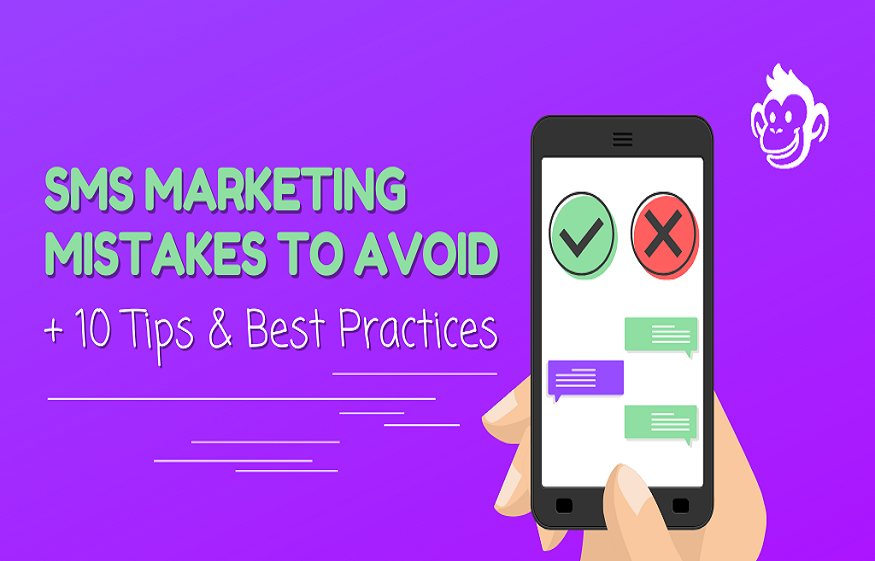Because of the exponential expansion in technology that has occurred over the last fifteen years, a wide range of industries have been subjected to a significant amount of disruption. Huge and far-reaching changes have been brought about in the film and television industries as a direct result of the expansion of digital channels and video-on-demand services like YouTube and Amazon.com, amongst others. These changes have had a significant impact. By the year 2022, the rapid development of technology will have caused the globe to seem substantially different from what it does now. Let’s take a look into the future of the entertainment industry over the next ten years and see what sorts of trends are likely to develop on the CenturyLink Internet and TV platforms. Let’s do this by taking a look into the future. The success of Centurylink Florida Cable’s business strategy has always relied heavily on the sale of channel bundles that include many channels. Because customers may save money by subscribing to a bundle of channels rather than buying each channel on its own, customers can make financial savings as a result of channel bundling. On the other side, cable television is seeing rising levels of competition from alternative streaming providers, which presents a potential threat to its ability to remain in business. Traditional cable television is experiencing a decline in popularity as a direct result of the proliferation of online subscription services such as Facebook, Sundance, Spotify, Amazon Instant Video, Nexus, and Amazon Prime. These services, along with others like them, create and distribute high-quality original content. It is anticipated that this pattern will go on for the foreseeable future.
Advertisements Will Eventually Become Obsolete
- Streaming service providers are showing that it is possible to develop and grow successful companies using a manner of operation that earns little or no money from commercials. This is an important lesson for entrepreneurs in any industry, but particularly in the technology sector. This is a lesson that might potentially be learned by other sectors.
- The present trend is moving away from one that is built on ad revenue and toward one that is centered on a premium service. This shift is taking place as a result of a shift in consumer preferences. Within the next 10 years, it is anticipated that even traditional cable providers will completely transition into subscription service models.
- Customers will be able to unbundle their channel bundles in this way for a cost that varies depending on the kinds and quantities of channels to which they subscribe. • Customers will be able to unbundle their channel bundles in this manner. In addition, there is a possibility that 10 years from now, a business model that combines elements of both traditional and online commerce may be available. This concept would combine a monthly membership fee with targeted advertising, and the result would be a hybrid of the two approaches.
- Instead of having commercials that run for three minutes each during a program that runs for thirty minutes, the format of television programming could shift to one in which consumers are required to pay a monthly subscription fee to view targeted banner advertisements. This would replace the current model, in which consumers are required to sit through commercials that run for three minutes each during a program that runs for thirty minutes. This would take the place of the existing system, which consists of ads being broadcast for a total of thirty minutes throughout a program’s thirty minutes.
- This kind of advertising is already practiced via the use of the internet, and the quantity of data that television firms gather enables them to practice something that is almost equivalent to what is done through the internet.
- In addition to this, marketers need to search for innovative approaches that will increase the quantity of interaction with their advertising. For instance, marketers that focus on television have started using something that is known as “second-screen advertising,” which directs consumers’ attention to the displays of their mobile devices (also known as “second screens”).
- Because of this, customers will be able to engage with the business’s website even while the program is still broadcasting live. Because of this, viewers are allowed to interact with the material even when the presentation is still being aired. For instance, a commercial could be aired in the middle of a live television event to encourage viewers to sign up for a promotion (such as a contest or sale) by going to the company website on their mobile device. The commercial would be broadcast during the live television event. It is possible to do this to accomplish the objective of boosting the amount of spectator engagement in the event.

